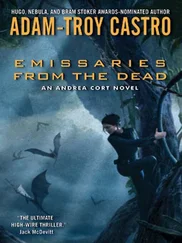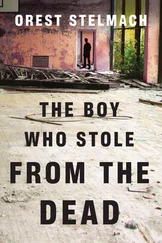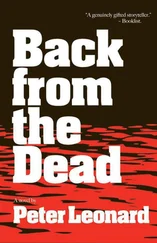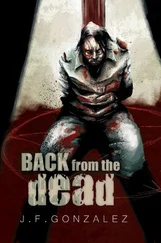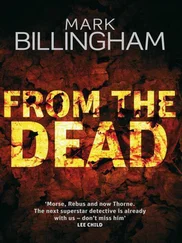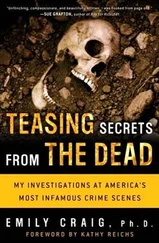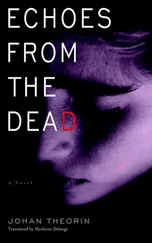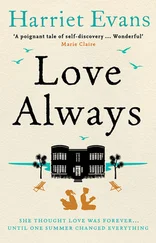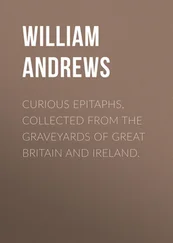
It would take me three years of trial and error before I felt I had mastered computer-enhanced facial reconstruction. Still, because I was the only person in the Alabama, Georgia, and North Florida region doing this kind of work, the local police knew me and they starting bringing me all their toughest cases-the ones they just couldn't ID on their own, cases that had gone unsolved for months and even years. Once again, I was working at the clinic all day and leading a secret life at night. And, once again, I was becoming frustrated with my skills as an artist. Give me a bone, a ligament, or a muscle and I'll draw you up a beauty, but when it comes to the human face, you might want to get yourself another illustrator. I was an expert at drawing internal organs, but I couldn't draw faces-I wasn't a portrait artist.
My work with law enforcement was satisfying, though, and I reveled in my newfound camaraderie with police and prosecutors. The more I enjoyed forensic work, the less able I became to put aside my frustrations with the Hughston Clinic. Meanwhile, my experimental computer-assisted techniques had made a modest splash in the law enforcement community, and, along with Karen Burns, I was invited to present them at the July 1990 annual meeting of the International Association for Identification (IAI) in Nashville, Tennessee. Like so many other serendipitous events in my life, this one was to prove a turning point.
I arrived at the conference full of anticipation, thrilled to meet so many forensic artists as well as investigators, forensic scientists, and others in the law enforcement field-people of substance and commitment, dedicated to a cause larger than themselves. These were people I really respected, people with whom I'd be proud to work.
My own presentation went well, and for that I was grateful. My new buddies offered their congratulations. Then they told me that the one presentation I must not miss was the one on forensic anthropology at the “Body Farm”-the world-famous department of forensic anthropology at the University of Tennessee at Knoxville, where bodies were literally left to rot on the ground so students and professors could observe and measure the process of decomposition.
This was years before Patricia Cornwell's novel about the place was published. I'd heard about the Body Farm in Betty Pat's workshop, though I confess I hadn't thought much about it. Now, though, I went to the talk by Knoxville doctoral student Murray Marks (who later became one of the nation's foremost professors of forensic anthropology). From the moment that Murray began speaking, I was riveted. And when he speculated on the development of computer technology that could “someday” be used to aid in victim identification, I sat bolt upright in my seat. WHAT!!! You mean I was already on the right track? Anthropology Ph.D.s were just now thinking about this?
That was it. I knew what I wanted to do and where I wanted to do it. I rushed up to Murray after his lecture and excitedly told him what I had been doing on my own to develop the method he'd said was still “pie in the sky.” He was impressed, and urged me to come to Knoxville to apply for one of the coveted slots as a Ph.D. student under Dr. Bill Bass.
I was powerfully drawn to the world of forensic anthropology that Murray described to me that day. But I was now forty-three years old and at the peak of my current profession. Did I really have the strength to start over?
Then came the case of “Baby Lollipops.”
In the fall of 1990, four months after the conference, Detective Charlie Metscher of the Miami Beach Police Department called for my help in identifying a three-year-old child whose emaciated and battered remains had been found under shrubs in a residential area just a few days earlier. Police and medical examiners surmised that the child had likely lain there alive but unable to move as his brain swelled, he became dehydrated, and his life slowly slipped away. In addition to numerous acute cuts and bruises, he was suffering from a recent head fracture, a brain injury, and a massive hemorrhage that involved his left leg and hip. Older injuries covered his entire body, with broken bones in so many stages of healing that it was almost impossible to count the number of times he had been beaten. This child had not only been abused-tortured really-but he had also been starved. Apparently close to three years old, he had weighed only eighteen pounds when he died. Because the tiny T-shirt he had been wearing had a pattern of large lollipops across the chest, the press had dubbed him “Baby Lollipops.”
The discovery of this child and the revelation of the horrors he had endured united the Miami community in a common fury. But the investigation couldn't proceed until the police knew who the child was. Because the crime had been so brutal, the media and police agreed that photos of the child's battered, bruised, and swollen body should not be made public. Nevertheless, he needed a face.
As it happened, Detective Metscher had been in the audience at my presentation in Nashville. He wanted me to use my techniques to create an image of Baby Lollipops that could be circulated throughout South Florida.
Of course I said yes. I was as outraged as he was over the case, and I was determined to do everything in my power to help solve it.
A child dead from abuse evokes a very deep reaction in even the most hardened professionals. The seemingly never-ending litany of tiny bodies with ulcerated burns, torn-off fingers and toes, or huge foreign objects forced into their rectums and vaginas cries out for justice or retribution or both. No professional, no matter how accomplished, ever gets used to the kinds of horrors that we see on a daily basis-we don't become inured to the terrible things that people can do to each other. We do, however, fall into a routine. It may take something truly terrible to shock us. Cops who hide their emotions with cynicism and jokes revert back to human beings again when faced with a victim like Baby Lollipops.
There was also a sense of urgency: Charlie Metscher and I both knew that time was of the essence. Now that the child had been found, there was a good chance that the perpetrators would skip town and never be seen again.
Charlie immediately sent me the photo of the boy and a scenario of the case. I became obsessed with my mission and stayed up two nights in a row, experimenting with as-yet-untested methods that combined photography, digitized images, and computer graphics.
My own limits as a portrait artist had, some months before, pushed me to modify another technique that was now being used by forensic artists doing composite drawings to nab suspects. I called it “facial restoration.” I began by photographing victims' faces that, for various reasons, couldn't be used for public viewing, digitized the images, and then used the computer to cut out the eyes, noses, and mouths. Then, from my homemade computerized file of facial features, I selected features that I thought would most closely resemble those of my victim. I inserted these “new” facial features into the victim's picture and then blended the whole portrait until it appeared as one “natural” face, a sort of computer-assisted “Mr. Potato Head.”
Since most of Baby Lollipops's flesh was still intact, I could smooth out the skin's defects with computerized airbrushing. The software program enabled me to draw new lips over the cut and bruised lips in the picture, even as I maintained the integrity of their original size and general shape. I was feeling optimistic about rendering a convincing image when I ran into a new problem: the eyes.
In the photograph, Baby Lollipops's eyes had been swollen shut, but I wanted to show him with normal, healthy, open eyes. Yet try as I might, I couldn't make the eyes look right when I drew them on the computer. I tried drawing the eyes on a separate sheet of paper and then downloading them into my image, but there was too great a gap between my drawing and the photographed face.
Читать дальше


